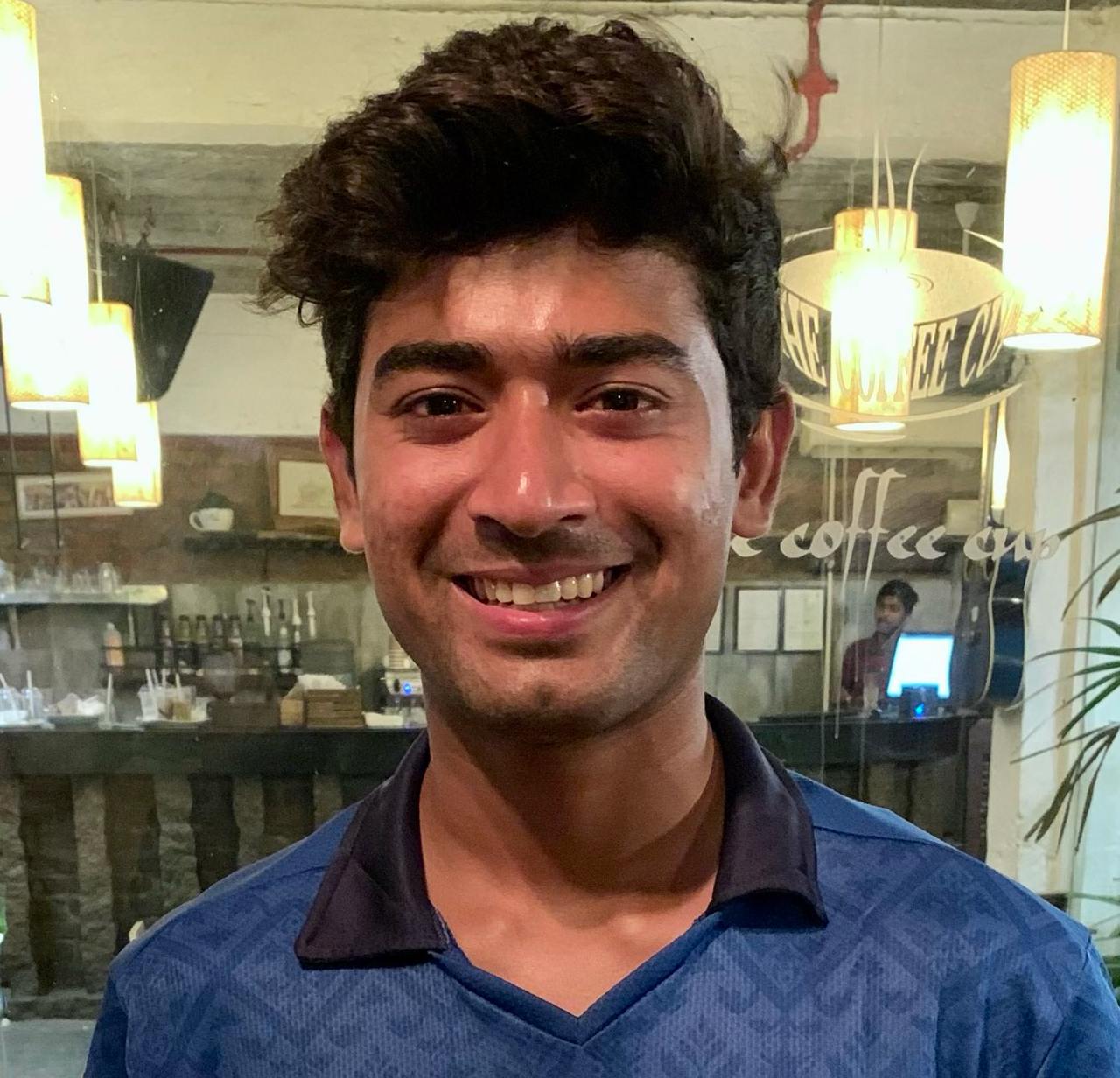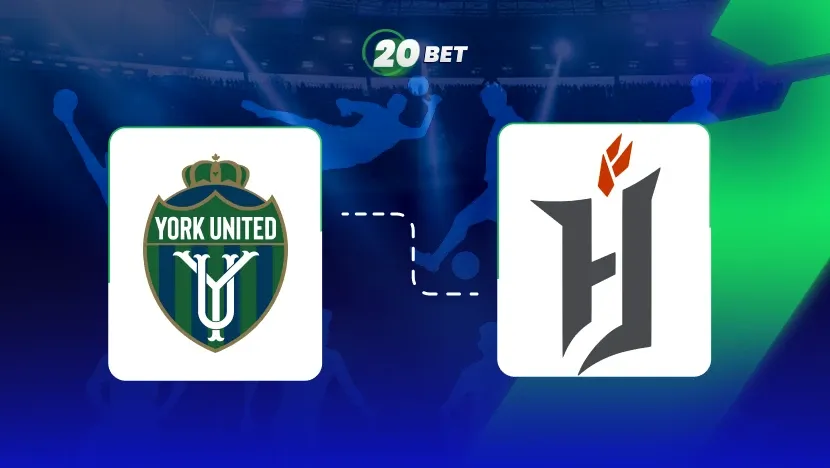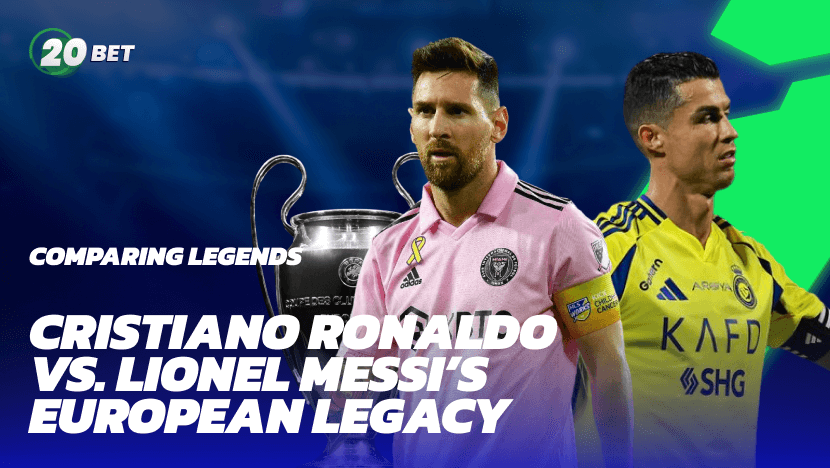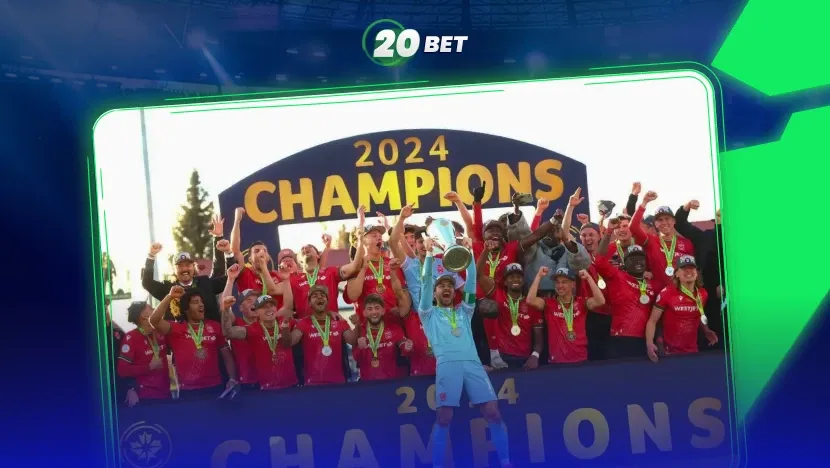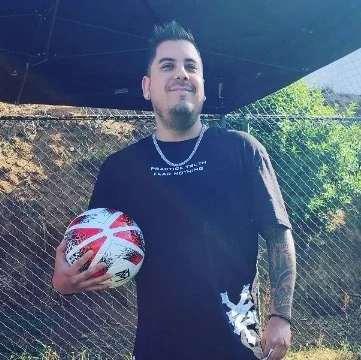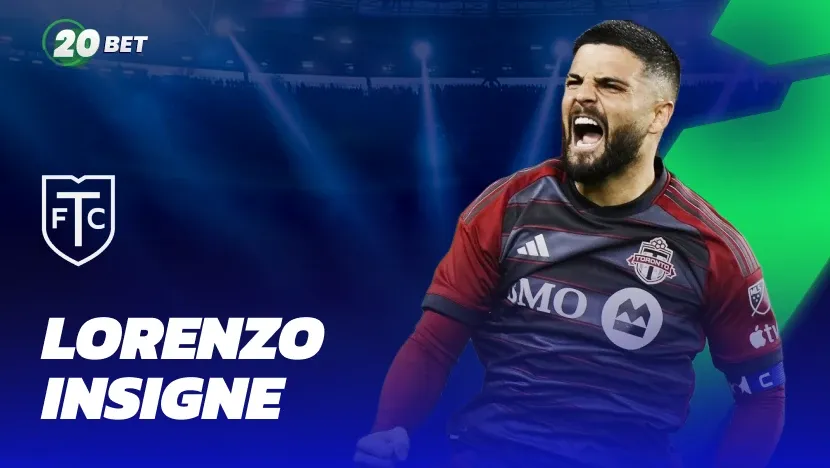Ever since the launch of CPL in 2019, Canadians have had a whole new league to follow. In just seven years, it’s created quite an impact, not just in discovering raw soccer talent but in nurturing it and helping it shine on bigger stages. Today, eight teams are investing in infrastructure, contracts, coaching staff, partnerships, and player development — everything it takes to build the game from the ground up.
Canadian soccer is fast becoming another national sport. Much like hockey, it’s building its own grassroots-to-pro pipeline, creating hometown heroes and rivalries that spark national pride.
This growing passion shows not just in the stands, but in how the league and its teams are developing talent and building a loyal following across the country. That’s why we’re here with two CPL teams, York United FC and Forge FC, to give you a rundown of how they’re developing their player pool and shaping the future of Canadian soccer.
York United FC vs Forge FC: What’s the Difference Between Their Player Development Approach?
Forge FC and York United are two of the CPL’s most active clubs when it comes to developing talent. But they go about it in completely different ways. York United are focused on doing things in-house: training, scouting, and building full academy teams. Forge, on the other hand, lean on a strong network of partner clubs like Sigma FC to keep the pipeline moving. Here’s how their approaches stack up:
| Aspect | York United FC | Forge FC |
| Academy Structure | York run a fully funded academy, with its U20 team competing in League1 Ontario. Starting in 2026, the club will also field U19 and U21 teams. | Forge take a more regional approach, working with partner clubs and youth developmental clubs in the greater Ontario area. |
| Player Integration | Players have a clear path to the first team, regularly training and even debuting with the senior squad. | Forge connect with players through regional pro combines and local partners, giving talent across Ontario a shot at going pro. |
| Recent Breakthroughs | Two homegrown talents from York’s academy debuted in the club’s first team in 2025. | Forge have quietly built a steady stream of local talent over the last six years. |
| Community Connection | Firmly rooted in Toronto, York put a lot of effort into youth outreach and local engagement. | Forge are all-in on Hamilton, focusing on partnerships and community programs that build loyalty. |
| On-Field Success | York have missed the playoffs in about half their seasons. But they’re a team that are trending upward and finding their winning combos. | Forge are the CPL’s gold standard, having won four league titles through consistent player development. |
Inside York United’s Development Strategy
York United are taking a grassroots approach to building their squad, and it’s starting to pay off. Through their academy system, they scout young talent from local programs and give them a real shot at competitive action. The club already field a U20 team in League1 Ontario, and in 2026, they’ll have U19 and U21 sides, giving young players valuable game minutes while ticking off CPL’s 2,000-minute rule for U21 Canadians.
Players like Joshua Lopez, Christian Zeppieri, Michael Williams, and Anthony Umanzor made the jump to the senior squad ahead of the 2025 season after strong performances in League1 last year.
The academy mirrors the training style of the senior team, so new players feel comfortable when stepping into first-team action. York finished fourth in 2024 with 11 wins, 11 losses, and six draws, and with fresh blood in the squad, they’re aiming to push even higher this season.
Forge FC: Tactical Identity and Player Progression
At Forge, head coach and sporting director Bobby Smyrniotis takes a page from the American football playbook — players are grouped by roles. Possession play, pressing, finishing — each group trains with a clear focus. It sharpens their skills faster because everyone knows exactly what they’re working on.
Forge also work closely with local youth clubs and holds pro combines for players aged 15 to 18, giving top prospects a real shot at trials and higher-level training. Kevaughn Tavernier is one of them. He came through Sigma FC, got his minutes, and even scored in CONCACAF by early 2024.
Forge FC and York United Academy Systems and Scouting Networks
Forge have built a strong pipeline of talent through a connected network of development clubs. Sigma FC, Hamilton United, and St. Catharines Roma Wolves have become key feeders for both the academy and the first team. Most of their scouting happens within that network and through organized combines.
York United, on the other hand, have taken a different route — one that’s quickly evolving in 2025. They initially leaned on their partnership with United Football Academy. But by November 2024, they launched their own fully funded academy, and by mid-2025, they’ll be running U19 and U21 teams in-house. That move gives York more direct control and access to talent across the Greater Toronto Area (GTA), setting the stage for a new era of homegrown development.
Player Sales and Transitions to Higher Leagues
Forge have a stronger track record in player transfers to higher-tier leagues than York.
Player sales are often used to benchmark the effectiveness of development programs. Successful transfers generate significant revenue streams, which clubs can reinvest into youth pipelines and infrastructure.
Forge have made several notable moves:
| Player | Position | Transferred to |
| Tristan Borges | Midfielder | OH Leuven in the Belgian Pro League in 2020. |
| Woobens Pacius | Striker | Nashville SC in MLS in 2024. |
| Kwasi Poku | Striker | RWD Molenbeek in the Challenger Pro League in 2025. According to Canadian Soccer Daily, the transfer fee set a CPL record. |
York, by contrast, have yet to land a marquee transfer. The most notable move so far was that of Diyaeddine Abzi, a left back who joined Pau FC in France’s Ligue 2 in 2022.
Coaching Influence: Bobby Smyrniotis vs York’s Approach
Coaches can shape a club’s entire identity. If you’re looking for a comparison, the influence Bobby Smyrniotis has at Forge isn’t unlike what Sir Alex Ferguson had at Manchester United. Ferguson left such a mark that United still hasn’t lifted a Premier League trophy since he stepped down.
Forge’s possession-heavy gameplay and sharp attacking patterns are all designed by Smyrniotis. As both head coach and sporting director, he has a significant say over the club’s playing identity, and their player development is largely shaped to sustain that vision.
Meanwhile, York United Academy’s technical director, Silviu Butnaru, gives their coaches room to work independently, within a broader club framework. That approach builds closer relationships with players and leaves space for individual growth. It’s less top-down and more grassroots than Forge’s setup.
Comparative Performance: York United FC vs Forge FC
Here’s a comparative performance overview between both clubs, based on FootyStats data:
| Metric | York United FC | Forge FC |
| Championships | None. Best finish was 3rd place in 2019. | The most successful team in the league. Have won the title four times. |
| Head-to-Head in Last 28 Matches | 7 wins, 5 draws | 16 wins, 5 draws |
| Points Per Game (2025 season) | 1.53 | 2.18 |
| Goals Scored Per Match (2025 season) | 1.53 | 1.94 |
| Goals Conceded Per Match (2025 season) | 1.06 | 0.71 |
| Notable Transfers (in/out) in 2025 Season | In: | Out: |
| Players to Watch |
|
|
| Market Value (TransferMarkt) | €2.66 Million | €2.81 Million |
Key Players Developed by Each Club
York United FC vs Forge FC lineups are full of promise, with both clubs fully invested in developing player potential. Here’s a look at some of the most notable names each team have helped shape:
York United:
- Shola Jimoh, a breakout Canadian star, scored his first goal at 16 and is part of Canada’s U-17 team.
- Joshua Lopez, Christian Zeppieri, Anthony Umanzor, and Michael Williams all earned senior call-ups ahead of the 2025 season after solid performances in League1 Ontario.
Forge FC:
- Kyle Bekker, Forge’s captain and midfielder, was one of the club’s first signings back in 2018. He’s been with the club since the start, earning five CPL Player of the Year nominations and winning the award in 2020.
- Woobens Pacius, Kwasi Poku, Tristan Borges, and Aboubacar Sissoko are other key players developed under Forge’s system who are now making a name for themselves across the globe.
Long-Term Sustainability and Talent Pipelines
Forge lead the way with a well-established pipeline, proven player transitions, and a clear developmental identity. Their success comes from strong club partnerships, regular combines, and consistent coaching. They aren’t expected to change their approach anytime soon, as it’s been helping them win league championships.
York United are still building. With fully funded academy teams now in place, new staff hires, and a clearer internal structure, they’re setting the stage for long-term success. Their focus on grassroots development in the GTA is smart and highly commendable.
FAQs
Which club have produced more professional-level talent?
